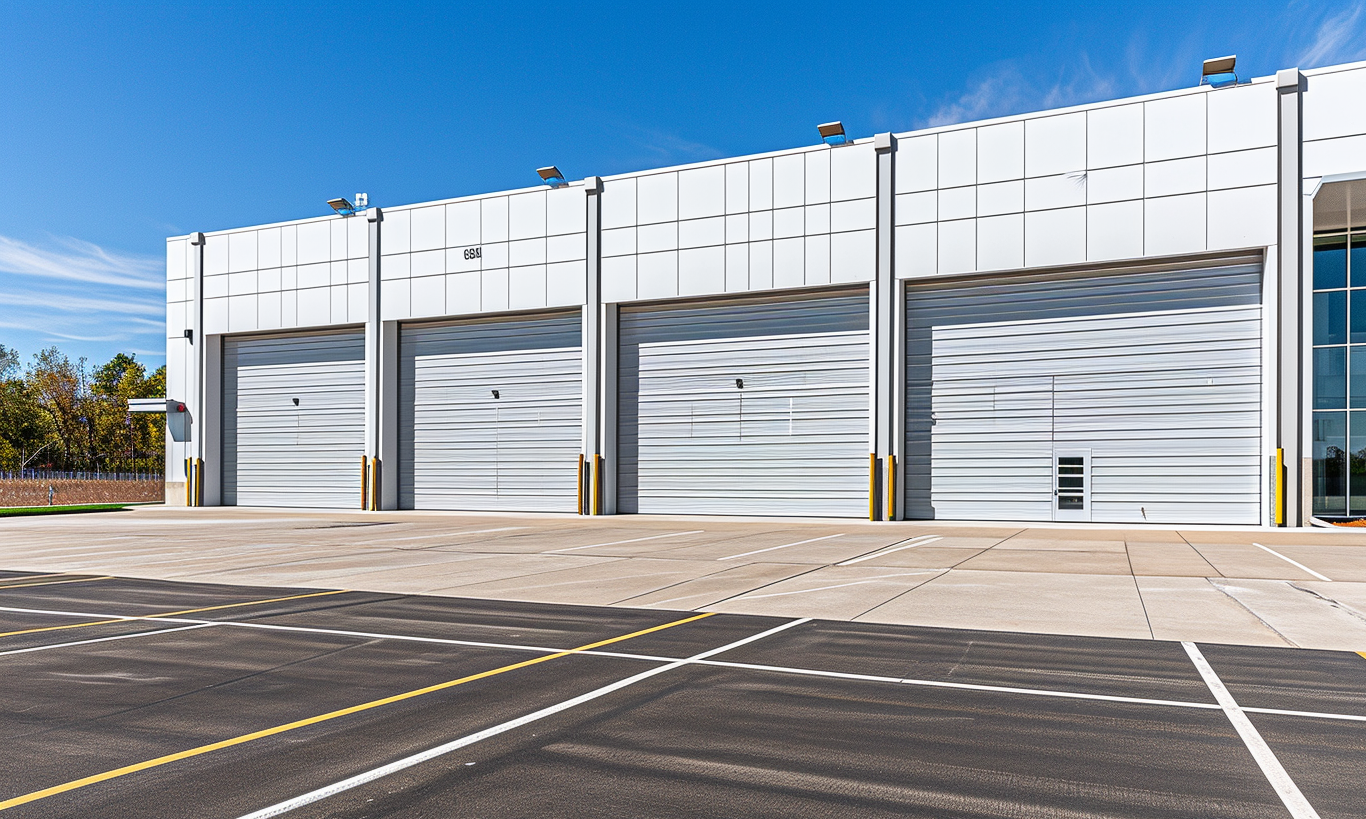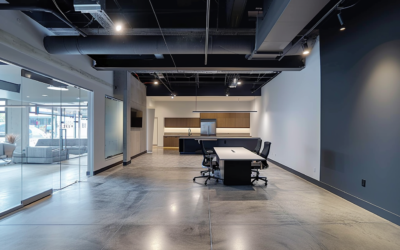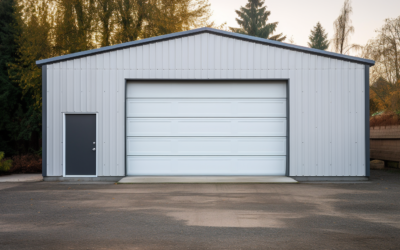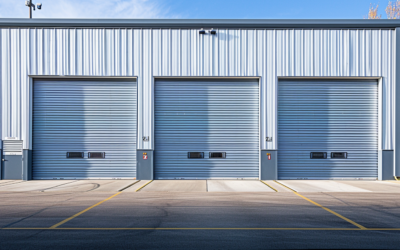Unmasking the Price Differences: Steel vs Traditional Buildings in Manitoba
If you’re considering investing in a building, be it commercial, residential, or for industrial purposes, you might find yourself pondering a critical dilemma. Does choosing a steel building over a traditional one significantly impact the bottom line? Let’s explore this comparison, focusing on the price factors that influence the cost of steel buildings in Manitoba versus traditional buildings.
A Snapshot of Steel and Traditional Buildings
Before diving into a comparative analysis, it’s essential to understand what these building types entail.
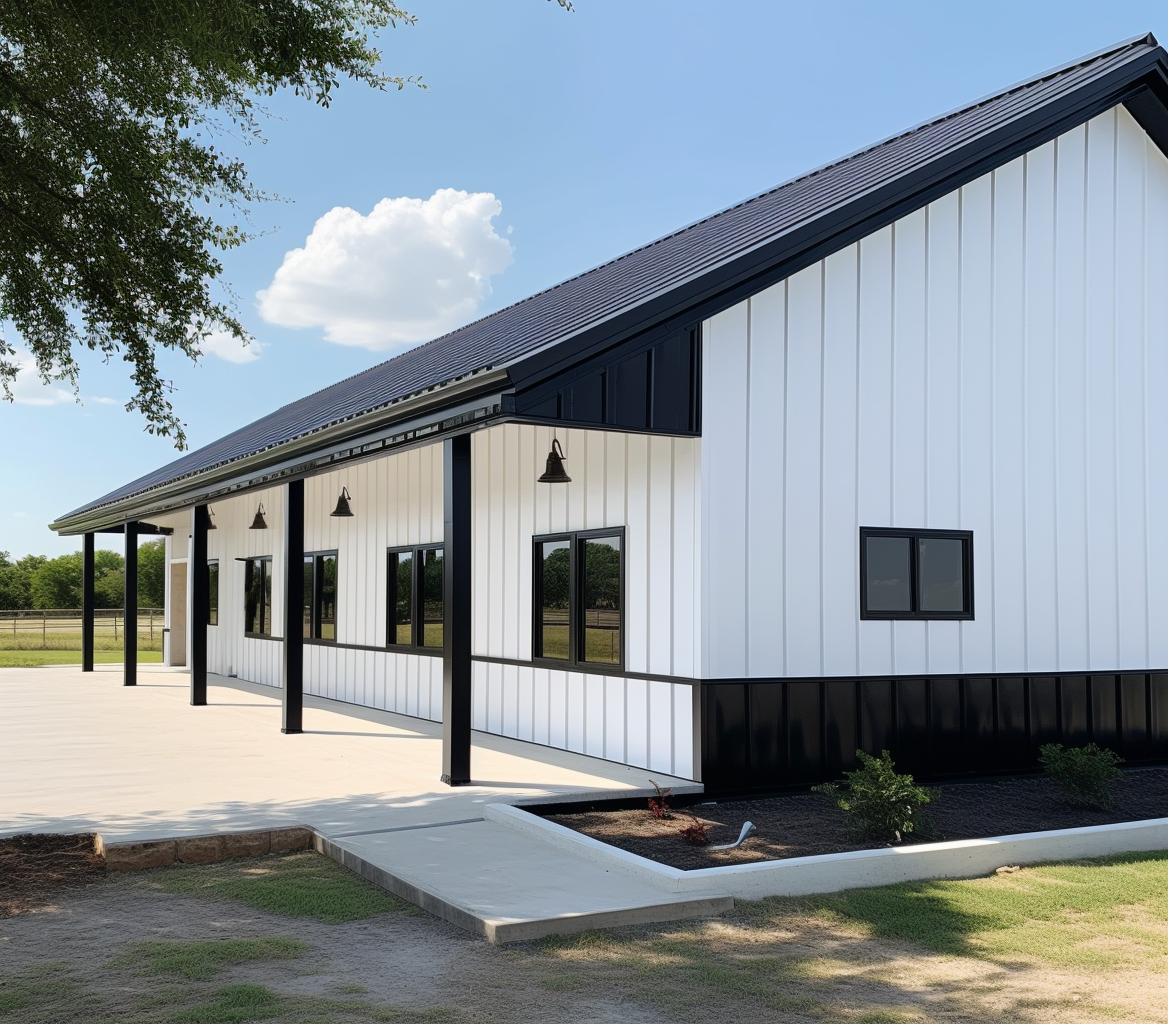
Steel buildings are typically characterized by an all-steel frame, with exterior walls and roof made from coated steel panels. These buildings are fast gaining popularity due to their durability, flexible design options, and ease of assembly using steel building kits Manitoba. Conversely, traditional buildings are constructed using materials such as wood frame and concrete predominantly.
Price Factors for Steel and Traditional Buildings
Now that we’ve clarified what both types of buildings involve let’s delve into the various cost factors to consider when comparing Manitoba’s steel and traditional buildings.
1.
Material Costs
Accommodating for inflation rates, it’s evident that steel buildings offer cost stability compared to traditional ones. A fluctuating market characterizes the cost of conventional building materials such as wood and brick, impacting a project’s budget.
2.
Construction Duration
Pre-engineered steel buildings can considerably reduce the construction period. The reduction in man-hours means lower labor costs, which contrasts the lengthier, labor-intensive process associated with traditional construction.
3.
Maintenance
Maintenance costs for steel buildings are significantly reduced due to steel’s longevity and resistance to elements like rust, mold, and insect infestations. Traditional buildings may require regular maintenance, translating to higher costs in the long run.
4.
Energy Efficiency
Steel buildings, with suitable insulation, have excellent energy efficiency, minimizing heating and cooling expenses. On the other hand, traditional buildings may require more energy for temperature regulation, impacting the overall operational costs.
5.
Changes and Expansion
Steel buildings offer flexibility for future expansions and design changes, enabling you to adapt to your desired changes more affordably. Traditional buildings pose more limitations and increased costs when it comes to changes and additions.
Comparative Case Study: Steel vs. Traditional Buildings in Manitoba
Having covered the primary cost factors, it can be helpful to walk through a hypothetical scenario. Consider two investors, each looking to construct a commercial building in Manitoba. One opts for a steel building, and the other chooses a traditional build. According to the latest steel building prices, the investor who chose the steel building might find a significantly favorable total project cost due to quick assembly, lower maintenance, and reduced operational costs. The investor who opted for the traditional building may face a higher initial material cost, longer construction duration, and possible future maintenance costs.
While this is a generalized illustration, the actual cost comparisons vary based on the size, location, design complexity, and additional specific features of the building.
Conclusion
Choosing between steel and traditional buildings hinges on various factors, each with its advantages and drawbacks. Steel buildings offer an avenue for cost-effective, durable, and energy-efficient construction solutions. Nevertheless, the aesthetics, familiarity, and perceived sturdiness of traditional buildings continue to appeal to some investors.
When comparing the price of steel versus traditional buildings in Manitoba, steel buildings seemingly offer a competitive edge given their cost-saving elements such as efficient construction time, enhanced durability, reduced maintenance, and energy savings.
However, the best choice for your building project ultimately depends on your unique requirements and budget allocations. Are you leaning towards durability and cost-effectiveness, or does the charm of traditional structures captivate you more? This decision, while subjective, should be congruent with your project’s long-term operational costs and sustainability goals. One thing is clear; a well-informed decision is the best decision.
Constructing a building in Manitoba? Ready to explore the steel side of things? Visit us at Steel Buildings Your Building Team today, where you will find a variety of steel building options tailored to the unique needs and budget considerations of Manitoba.

